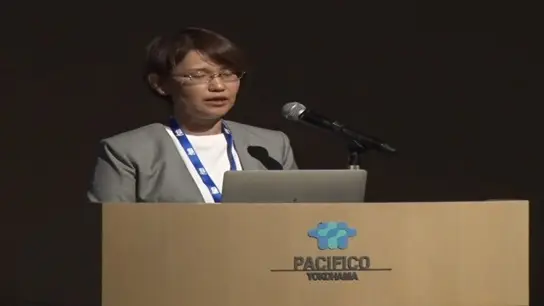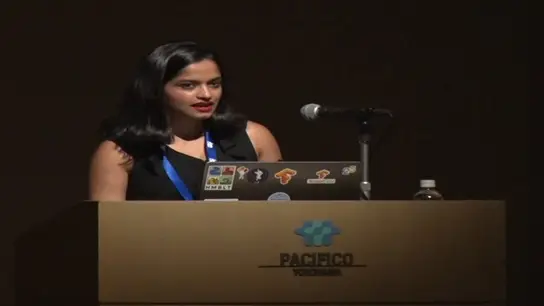Keynote: Some Challenges of Interactive Evolutionary Multiobjective Optimization Methods
Kaisa Miettinen
-
Members: FreeCIS
IEEE Members: Free
Non-members: FreeLength: 00:49:12
21 Jul 2022
Multiobjective optimization aims at finding the best possible solution in the presence of several, conflicting objectives. We have a set of Pareto optimal solutions with different trade-offs, where improving any objective function value implies impairment in at least one of the others. To be able to identify the most preferred Pareto optimal solution to be implemented, we typically need some preference information from a decision maker, an expert in the problem domain.
Multiobjective optimization methods can be classified according to the role of the decision maker in the solution process. We review the strengths and weaknesses of different classes and focus on interactive methods, where the decision maker actively directs the solution process with her/his preferences. In this way, (s)he can gain insight of the interdependencies among the conflicting objectives as well as learn about the feasibility of one's own preferences and adjust them whenever needed. The decision maker can, thus, concentrating on such solutions that seem most promising and eventually gain confidence on the most preferred solution found.
Developing interactive methods has a long history in the multiple criteria decision making field but so far, they are rather rare in the evolutionary community. We discuss some challenges of developing interactive evolutionary methods. An example of the challenges is surrogate model management, if the problems is computationally expensive.
We can combine elements of different methods in order to benefit from their strengths and overcome weaknesses. In this spirit, we also present some interactive multiobjective optimization methods that utilize evolutionary approaches. Finally, we discuss some experiences in solving real problems.
Multiobjective optimization methods can be classified according to the role of the decision maker in the solution process. We review the strengths and weaknesses of different classes and focus on interactive methods, where the decision maker actively directs the solution process with her/his preferences. In this way, (s)he can gain insight of the interdependencies among the conflicting objectives as well as learn about the feasibility of one's own preferences and adjust them whenever needed. The decision maker can, thus, concentrating on such solutions that seem most promising and eventually gain confidence on the most preferred solution found.
Developing interactive methods has a long history in the multiple criteria decision making field but so far, they are rather rare in the evolutionary community. We discuss some challenges of developing interactive evolutionary methods. An example of the challenges is surrogate model management, if the problems is computationally expensive.
We can combine elements of different methods in order to benefit from their strengths and overcome weaknesses. In this spirit, we also present some interactive multiobjective optimization methods that utilize evolutionary approaches. Finally, we discuss some experiences in solving real problems.


